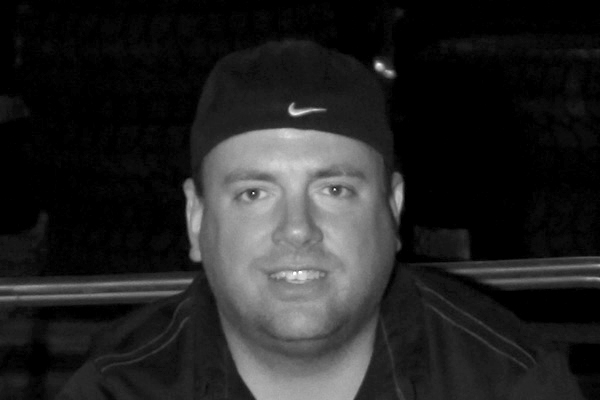
 Pete Trasborg
Brand Manager, Jp
Pete Trasborg
Brand Manager, Jp
We never were that thrilled with the axles that came from the factory under our ’94 Dodge Ram 1500, also known as the Long Range Clunker. Up front was a CAD-inflicted Dana 44 with weak ball joints and out back was a Chrysler Corporate 9.25-inch assembly. Both left the factory stuffed with a lackluster 3.55:1 gear ratio. With the 35-inch tires on the truck and the towing duties it sees, we needed beefier axles with better gearing.

Mopar announced early in 2009 that the big AAM 9.25-inch front and 10.5-inch rear axles commonly found under the current Power Wagons would be available through Mopar at your local dealership. The axles came stuffed with good stuff like 4.56:1 gearing and electronic lockers not to mention huge axleshafts and front and rear disc brakes. We knew all of this, and still spent over a year trying to find a set of junkyard axles from a ’94-’02 3⁄4- or 1-ton truck. Why? Well, despite all of our contacts within Chrysler, no one could tell us if we’d have to completely redesign the front suspension brackets on the Power Wagon axles to work with our ’94 Dodge Ram.
We couldn’t find any junkyard axles near us that weren’t totally hashed and anyone who had them and was willing to part with them wanted at least $1,000 for the front Dana 60, and another $500 for whichever rear axle they pulled out of the truck along with it. While many of the 3⁄4- and 1-ton trucks came with 4.10 or 4.56 gears, we weren’t about to pay $1,500 to get into a set of axles that would then need a complete rebuild. We did manage to find some junkyard axles back east for reasonable prices, but shipping them to the southwest quickly became untenable.
So, after spending way too much time chasing junkyard parts, we checked out the Mopar axles a second time. What we found surprised us. With an MSRP of only $3,904 for the front axle and $3,504 for the rear axle, delivered to our local dealership, stuffed with all brand-new parts, the gears we wanted, and electric lockers to boot, we decided to take the plunge.
Once we ordered the axles, we enlisted the axle-swapping experts over at Off Road Evolution to help us get them under the truck. The company is known for custom installation work, but also has experience manufacturing high-quality suspension components so if the front axle became a nightmare we would be in good hands. We knew we were going to have to swap wheels but beyond that we didn’t know what to expect. What we found out surprised us, and just might surprise you too.
Just the Facts
Here are all of the critical measurements we took while comparing the new and old axles. We didn’t actually record the spring perch spacing of the rear axle, because the locations on the new axle weren’t even close enough to be used. We knew we were chopping them off from the beginning.
All measurements are in inches.

Dollars and Sense
While the Power Wagon axles seem like a smoking deal on the surface, we had to add a lot of parts to them to get them under our truck and functional. Many of the parts were only available through Mopar, though we did find some at our local parts stores. All part numbers in our chart (right) are Mopar numbers unless otherwise noted. The prices for the Mopar parts were largely found online at Factory Mopar Parts, which has good prices on just about any currently available factory Mopar part you might need. The rest were found in a quick Internet search for what you might actually expect to pay in the real world (rather than MSRP). Keep in mind that this is what the cost to modify our driveshafts was. If yours are in better (or worse) shape, plan accordingly. And, obviously, this tally doesn’t include wheels and tires. Pick yours to suit your tastes and budget. This is just what it takes to get the axles in the truck and functional.
 PhotosView Slideshow
PhotosView Slideshow
















